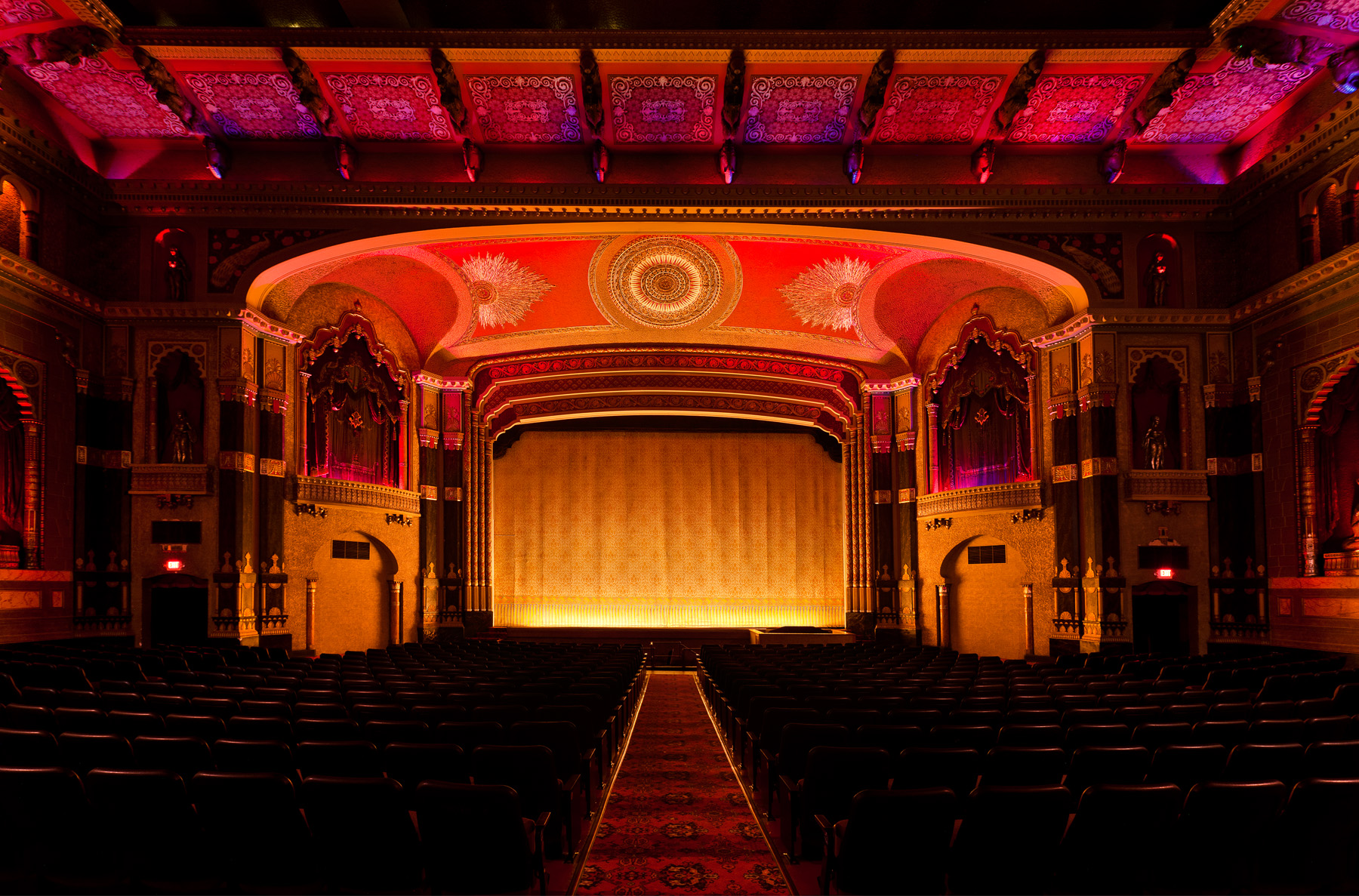Rambling thoughts on willingness to pay for movies
Michelle Ow
Over the last several months, I’ve gathered a lot of financial and operational data about the movie industry from publicly available reports from the major theater chains. The SEC/Edgar is a treasure trove. Now I’m at the herculean stage of modeling those “what if” scenarios. To do these models, I’ve got to make some logical assumptions about moviegoers’ responsiveness to price changes.
The moviegoing audience can be separated into three segments – frequent, occasional, and non-going. Frequent moviegoers are pretty inelastic. Occasional moviegoers and non-goers are probably more elastic. Of these two groups, what percentage would respond to lower (or higher prices)? If I break these two groups by income, maybe I can presume x% of the group with x% of disposable income would be more interested in moviegoing during off-peak times.
Then there’s the group that goes to dollar-theaters or deeply-discounted theaters. Maybe if I gather data about trends within this group, there’s more guidance to estimate how many people would return to major theater chains if the price were lower. Back to the internets, then…

























